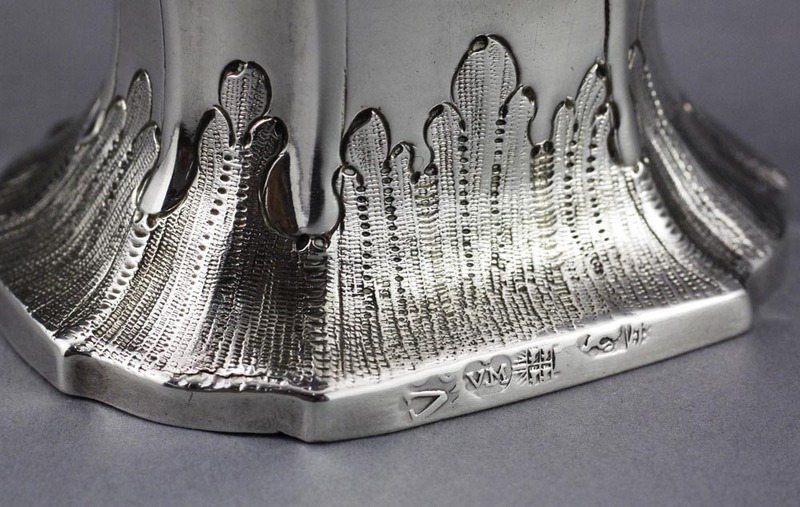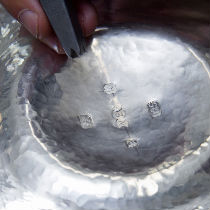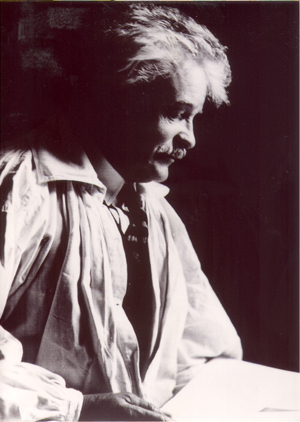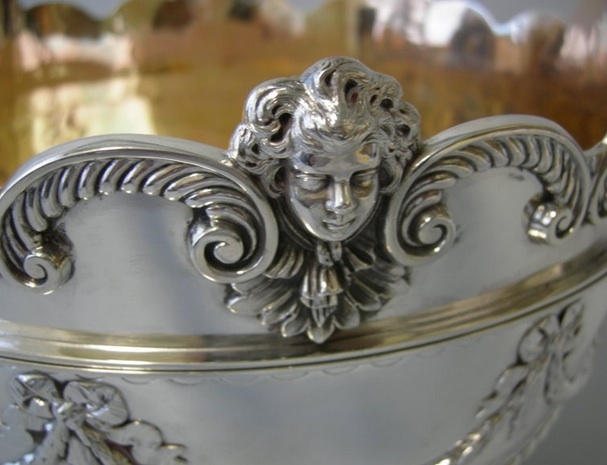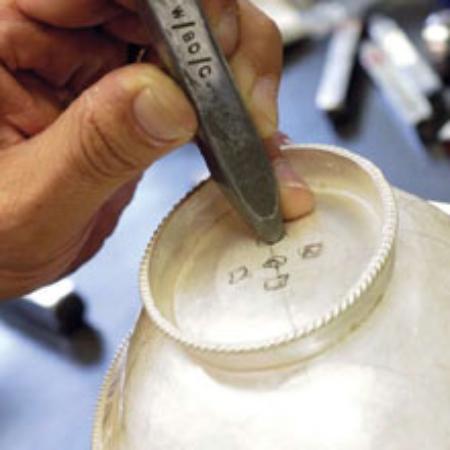Date Code Marks on Netherlands Silver
Examples of Dutch Hallmarks

Hallmarking
A – Silver guild marks used in some 35 of the larger towns and cities the Netherlands in the 17th and 18th Centuries. This system remained in use until the time of the French occupation (1798-1809)and the dismantling the guilds in 1810. They are, top to bottom; date mark letter Z for 1782, Rotterdam city mark, and Lion Rampant silver guarantee mark (.875) and maker’s mark of Hendrik Vrijman.
B – marks used 1814 – Present. They are, left to right; Maker’s mark – VK for J.M. Van Kempen & Son, Lion Passant mark is silver purity or standard =.833, the Minerva head is the duty mark (on Minerva’s helmet is a letter indicating from which of the 17 assay offices it came, after 1988 only the Gouda assay office [letter – R] was active), Letter is date mark (n = 1872). From 1953 onward, the arabic numeral {2} below the lion has been replaced by a roman numeral {II}.
C – same as B, excepting; Maker’s mark – unknown, Lion Rampant mark is silver purity or standard =.934, Letter is date mark (L = 1921). From 1953 onward, the arabic numeral {1} below the lion has been replaced by a roman numeral {I}.
D & E – These sword marks used 1814-1905 as the standard mark on articles too small for the full hallmarking. They were also used to mark the excess pieces of fully hallmarked objects made of multiple parts.
F – This sword mark was used 1906-1953, circumstances are the same as D & E. From 1953 onward, a similar sword is used, but with standard numerals on the blade (.835 & .925)
G – The axe mark was used 1853-1927 as a tax mark for old silver items bearing older silver marks, that had come back into circulation.
H & I – The crowned V is a tax mark applied to larger articles of foreign made silver.
J – The script – letter I stamp is a tax mark for old Dutch made silver items that came back into circulation which did not bear an older tax mark, it can be found as the only mark on some pieces and does not guarantee any particular standard in these cases.
K – The dolphin mark was used 1859-1893, for Dutch made articles of silver that were below the .833 purity standard. It was also used 1893-1905 in a triangular shaped cartouche.
L – The key mark was used 1853-1953, it is stamped abutting or intruding on the Lion or the Sword standard mark to indicate the the object was made for export. Rarely, a piece will be seen with a second key, indicating that it had later been imported back into the Netherlands.
Dutch Dating Code • 1814 – 1959

Date Marking
Hallmarking and date marking of silver are both long standing traditions in the Netherlands. Date marking with a letter code was begun in Amsterdam as early as 1503 and was soon taken up by other cities and some larger towns under the supervision of the gold and silversmithing guilds. However, there was no nationally standardized system, each town’s guild had its own mark and dating system. A standard national system was not put into practice until 1814 and it remains largely unchanged until today.

